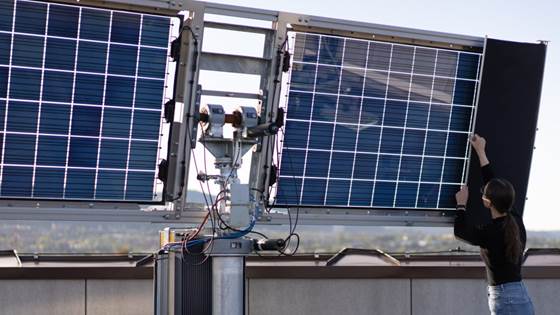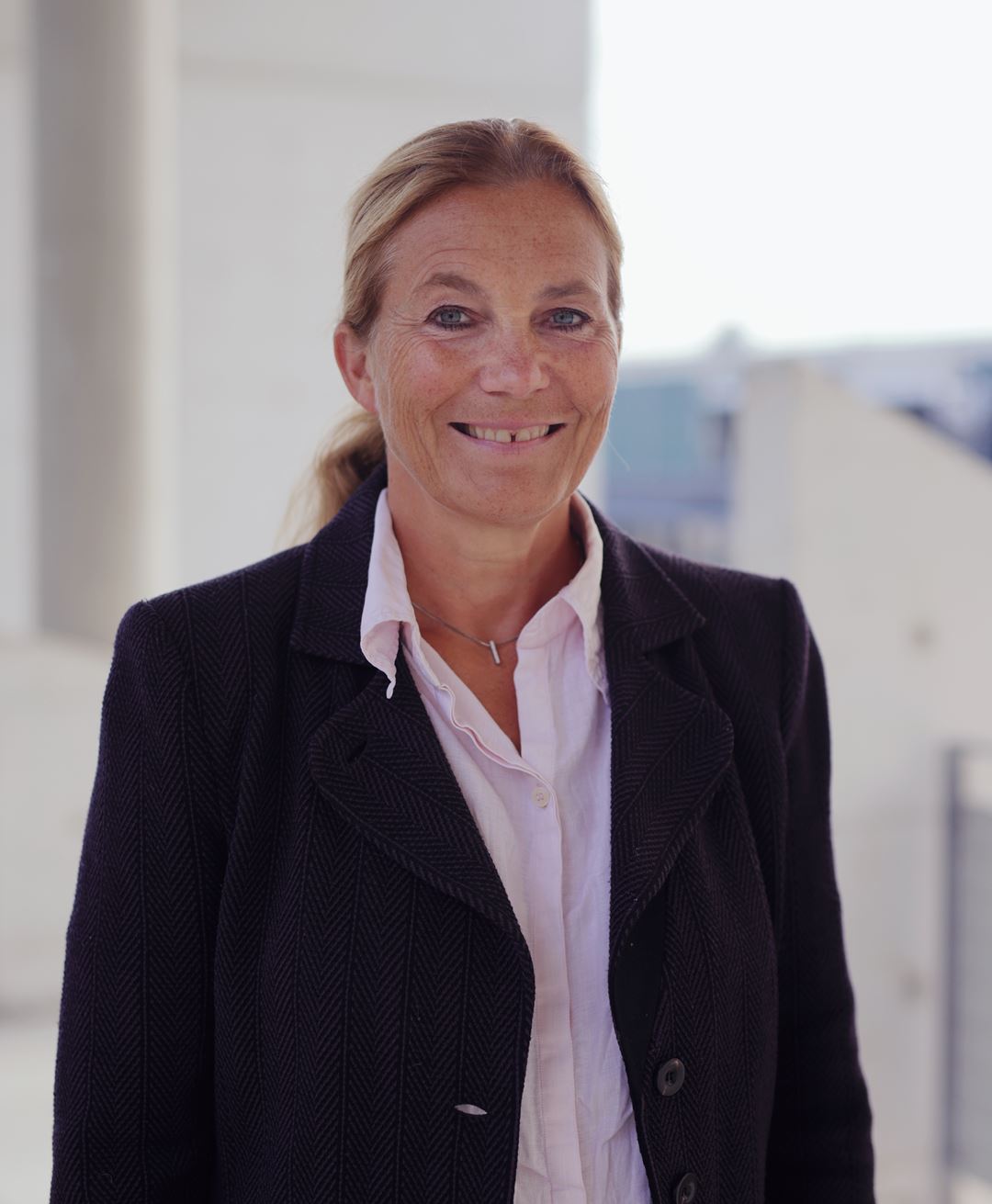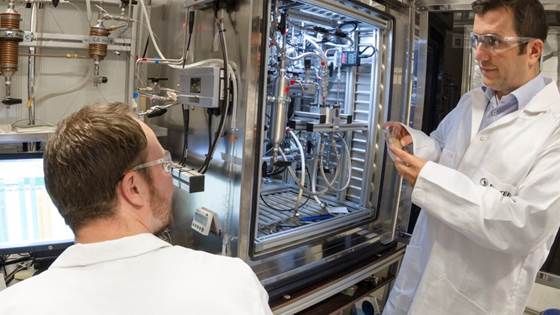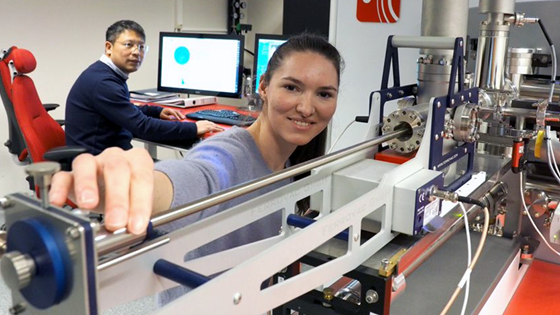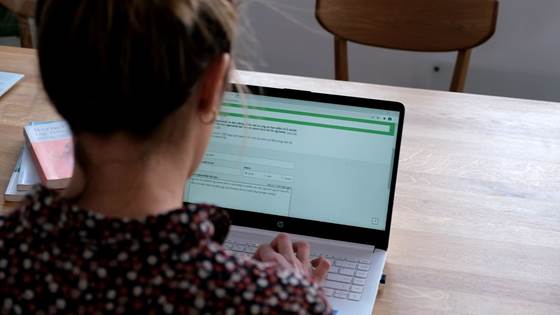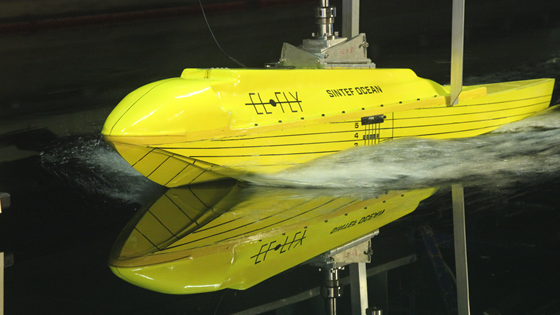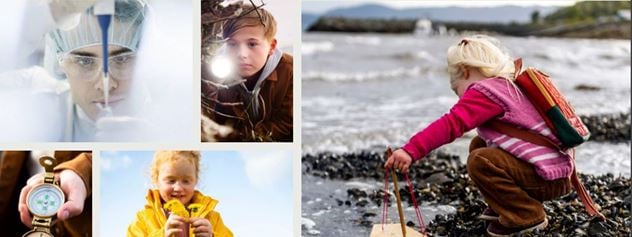2022 will always be remembered as the year Russia brutally invaded Ukraine and inflicted great suffering on its people. The war has also had repercussions for energy supplies, commodity prices, value chains and security across large parts of the world. Given this, SINTEF has been particularly concerned with understanding the risk picture and, not least, identifying how we can help ensure the security of supply of important resources society needs, while being a driving force behind an even more aggressive digital and green transition.
2022 was also a turbulent year in Norwegian research, although SINTEF managed to achieve an acceptable financial performance. I am pleased that this year, for the first time, we are publishing SINTEF's annual report and sustainability report as a single, combined report. This is a logical step since research, innovation, sustainability, economics and good corporate governance are closely intertwined. That is not just true in society in general, it is also true in SINTEF’s strategy and day-to-day operations.
SINTEF’s vision is ‘Technology for a better society’, and our strategy is based on the UN Sustainable Development Goals (SDGs). Our main missions are to work for the common good and develop competitiveness: partly by actively linking the international research front to client needs, partly by creating new businesses and partly by making a wide range of outstanding research environments and advanced laboratories available to meet the needs of our approximately 3,500 clients, large and small.
SINTEF’s activities largely involve research and innovation, which we contribute in order to trigger a digital, green, circular and economically sustainable transition – together with clients from many sectors of society.
This report shows that more than 95 per cent of our income in 2022 was linked to specific SDGs. This shows that sustainability is at the core of SINTEF’s activities. Nevertheless, we have a long way to go before sustainability is an integral element of all of our projects.
This report also covers the results of our work aimed at improving the sustainability of our own activities. I am pleased that in 2022 we managed to both start and complete major investment projects that will reduce energy consumption, reuse old buildings, improve our indoor climate and, at the same time, take good care of the natural assets and cultural heritage sites around us.
This report sheds light on a number of dilemmas. Many of the clients we work with have operations that will require major changes in order to achieve sustainable development. For example, their production processes may involve substantial greenhouse gas emissions. In these circumstances, our job is to contribute to better processes and solutions, which will hopefully contribute to a faster transition.
We also face dilemmas where our research may contribute positively to one SDG, but risks having an adverse impact on sustainability elsewhere. Therefore, we often need to reflect on the impact our activities have from an ethical point of view and consider which solutions and technologies we should promote. This report describes examples of some of these dilemmas.
It is clear to us that research and innovation policies are now increasingly taking on geopolitical dimensions. The authorities in countries and regions such as the US and the EU are stepping up their efforts. Not only to stimulate a digital green transition and to protect critical value chains, but also to improve our competitiveness.
This development, or race if you will, could have a positive impact on the global community’s overall ability to solve the climate crisis.
The international change of pace in the digital green transition is a challenge for us in Norway. At the time of writing, I am concerned about whether the Norwegian authorities are organising their research investments in a way that triggers sufficient effort in the value chain from research to the adoption of innovative solutions. I believe that the funds can be spent more effectively, such that they make a difference in those areas where Norwegian industry and Norwegian expert environments can contribute sustainable solutions and develop more sustainable Norwegian industry in the future.
As an independent foundation that constantly needs to invest in order to renew itself, SINTEF has to be well run. SINTEF invests its entire surplus back into its activities. We invested NOK 248 million in laboratories, buildings and scientific equipment in 2022. One major milestone was starting construction of the Norwegian Ocean Technology Centre (formerly the Ocean Space Centre). Funded by the state and SINTEF’s own investment, this will be one of the world’s most advanced facilities for marine and maritime research and education.
Research into, and for, industry is an area in which Norway lags behind many other countries. I am pleased that the government has announced a review of the research system and a strategy for increasing industry’s research efforts to 2 per cent of GDP. We need to boost schemes that promote collaborations between companies and research in order to achieve the necessary transition.
